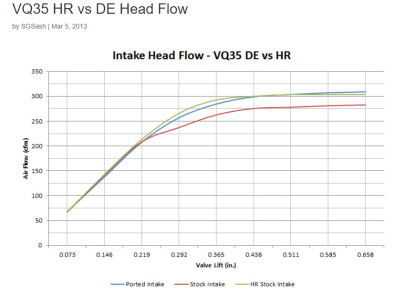fsbjjwillamina
Well-known member
The barra seems like the 4.9's final form.
I don't hate that people are doing custom crossflow heads for the 4.9 but it seems like the barra is a maxed out inline 6 platform.
It has DOHC, variable valve timing, cop ignition, sequential fuel injection and solid bottom end. Stock long block can reportedly handle 600-700 hp and the only reinforcement needed is the head studs and valve springs. That seems remarkably affordable.
Who here has experience with the barra? What has your experience been?
I don't hate that people are doing custom crossflow heads for the 4.9 but it seems like the barra is a maxed out inline 6 platform.
It has DOHC, variable valve timing, cop ignition, sequential fuel injection and solid bottom end. Stock long block can reportedly handle 600-700 hp and the only reinforcement needed is the head studs and valve springs. That seems remarkably affordable.
Who here has experience with the barra? What has your experience been?


